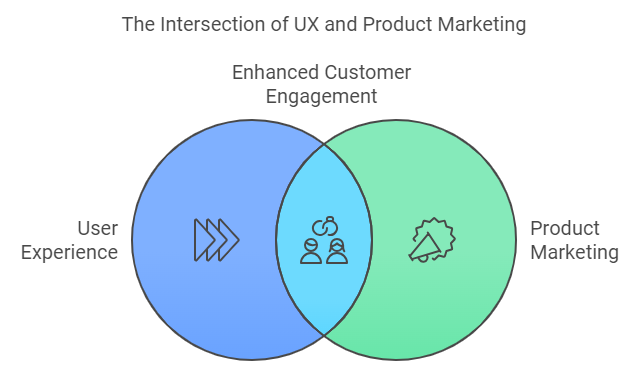In today’s competitive landscape, user experience (UX) is more than just a design consideration; it’s a crucial element of product marketing. A seamless and engaging UX can significantly influence customer satisfaction, brand loyalty, and ultimately, sales. Here’s a closer look at how user experience affects product marketing and why it should be at the forefront of your strategy.
Table of Contents
Toggle1. First Impressions Matter
The first interaction a customer has with your product—whether it’s a website, app, or physical item—can set the tone for their entire experience. A clean, intuitive design that’s easy to navigate creates a positive first impression, making users more likely to engage further. Conversely, a confusing or cluttered interface can drive potential customers away before they even get a chance to appreciate the product.
2. Building Brand Loyalty
A positive user experience fosters brand loyalty. When customers feel valued and understood through a well-designed interface and thoughtful features, they’re more likely to return. For example, brands that prioritize user feedback and continually improve their products based on that input show customers that their opinions matter, building a stronger emotional connection.
3. Increasing Conversion Rates
Effective UX design can significantly boost conversion rates. By optimizing the user journey—streamlining navigation, reducing loading times, and simplifying the checkout process—you can make it easier for customers to make a purchase. A seamless experience minimizes friction points that might cause potential buyers to abandon their carts, directly impacting your bottom line.
4. Enhancing Customer Satisfaction
User experience plays a critical role in overall customer satisfaction. A product that is easy to use, enjoyable, and meets customer needs will garner positive reviews and word-of-mouth referrals. Satisfied customers are more likely to share their experiences on social media and review sites, providing organic marketing opportunities for your brand.
5. Influencing Product Perception
The way a product is presented and how users interact with it shapes their perception. High-quality UX design communicates professionalism and reliability. On the other hand, a poorly designed product can lead customers to question its value, regardless of the actual quality. Consistent branding and thoughtful design contribute to a strong product identity, enhancing perceived value.
6. Driving User Engagement
Engagement is key to building a loyal customer base. A well-crafted user experience encourages users to interact with your product more frequently, whether through gamification, personalized content, or user-friendly features. Higher engagement levels not only lead to increased sales but also help create a community around your brand, where users feel connected and invested.
7. Adapting to User Needs
Incorporating user feedback into your UX design allows you to adapt to changing needs and preferences. Regularly gathering insights through surveys, user testing, and analytics can help you identify pain points and opportunities for improvement. This responsiveness can set your product apart, demonstrating that you value your customers’ experiences.
8. Leveraging Data for Continuous Improvement
Analyzing user behavior through tools like heatmaps and analytics can provide valuable insights into how customers interact with your product. This data can inform your marketing strategies and product development, ensuring that you’re continuously improving the user experience. A data-driven approach helps you make informed decisions that enhance customer satisfaction and loyalty.
Conclusion
The impact of user experience on product marketing cannot be overstated. A positive UX not only enhances customer satisfaction but also drives brand loyalty, increases conversion rates, and shapes product perception. As you develop your product marketing strategy, prioritize user experience as a core component. By doing so, you’ll not only meet customer expectations but exceed them, paving the way for long-term success. Remember, happy customers are your best marketers!
Related:



